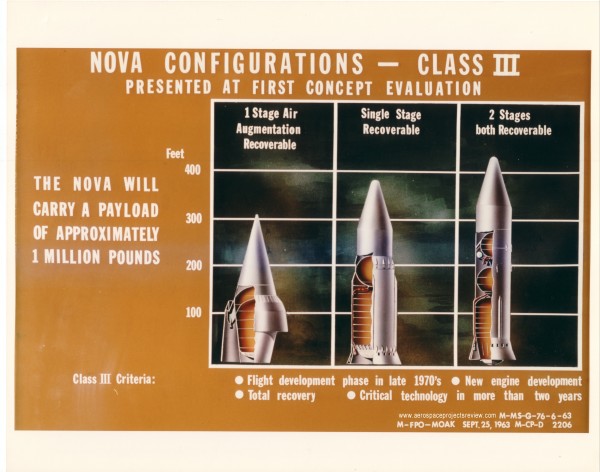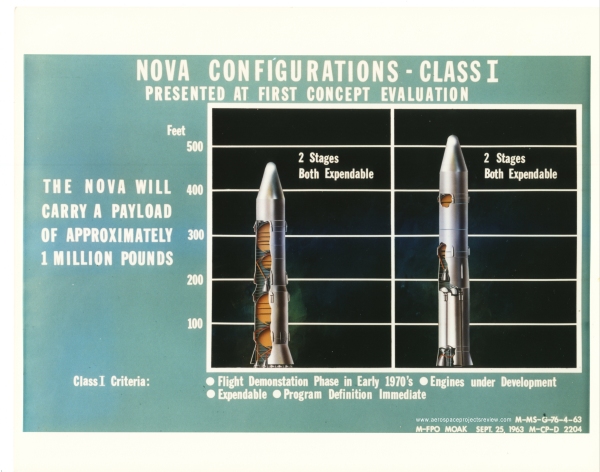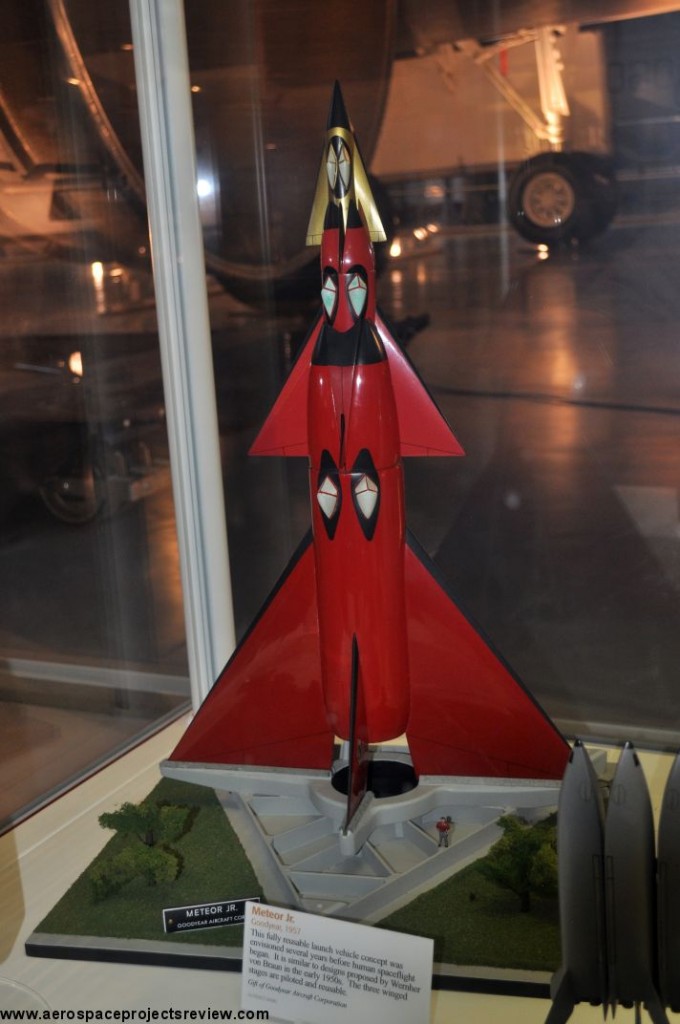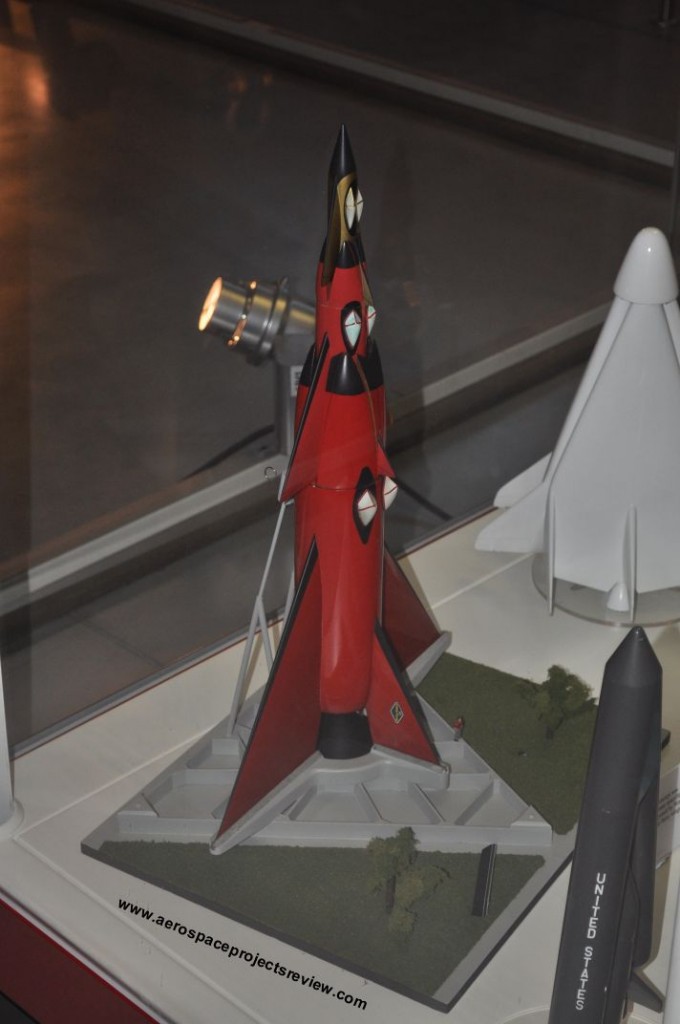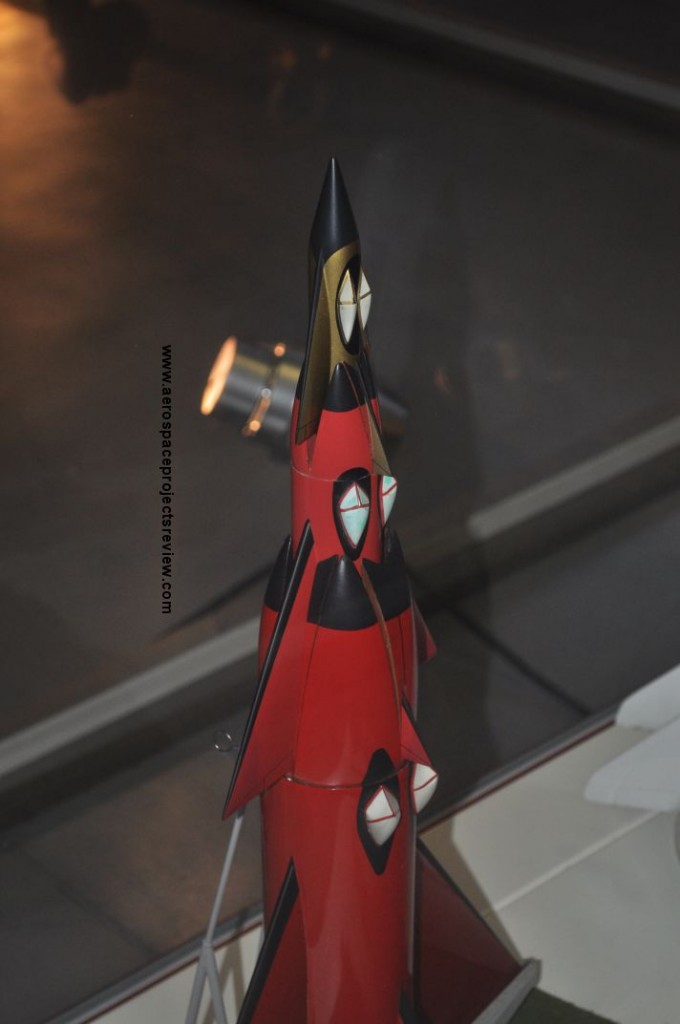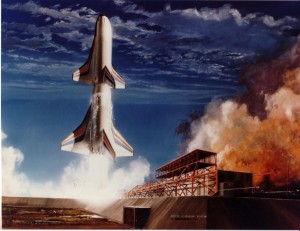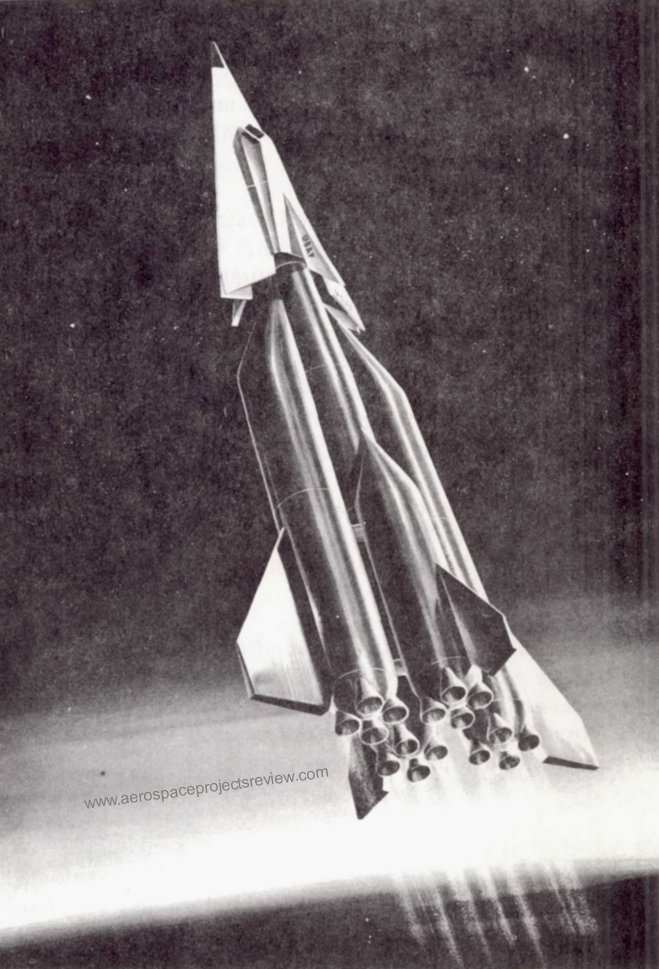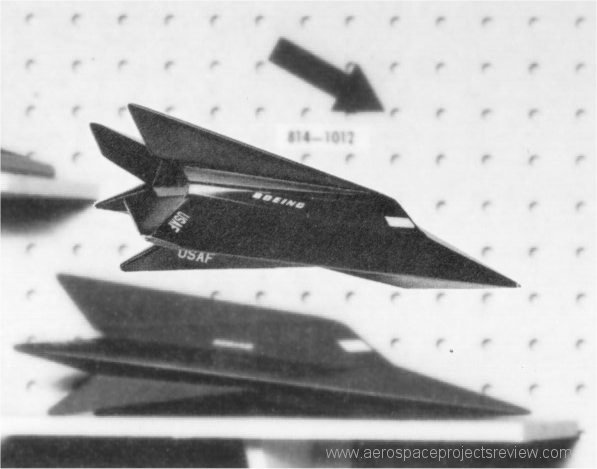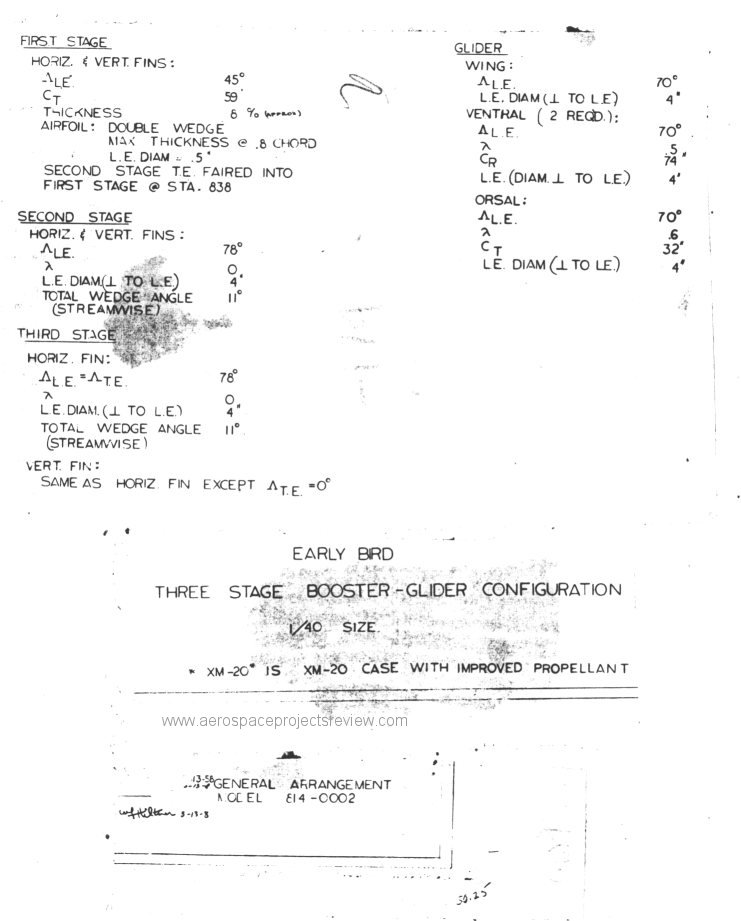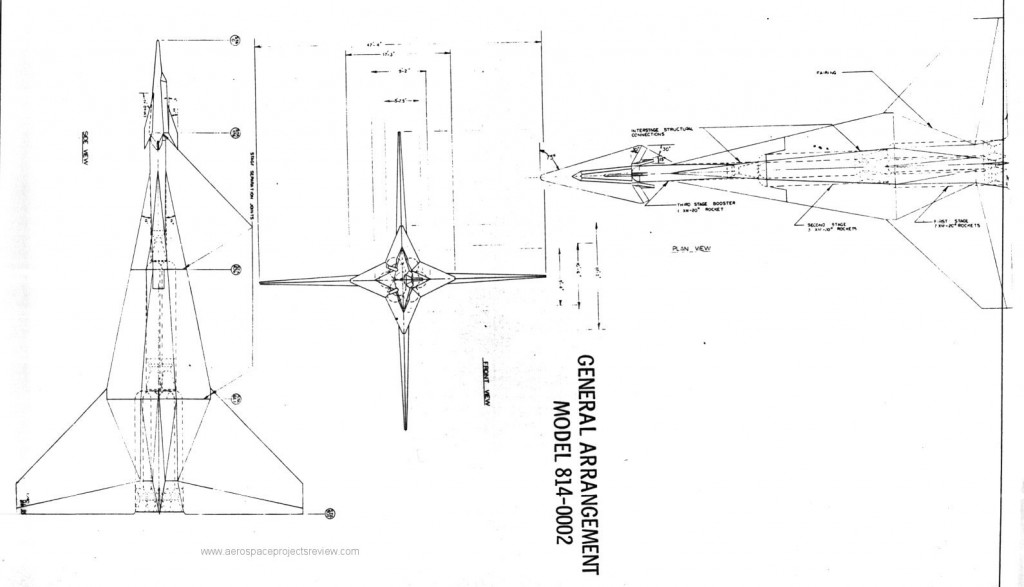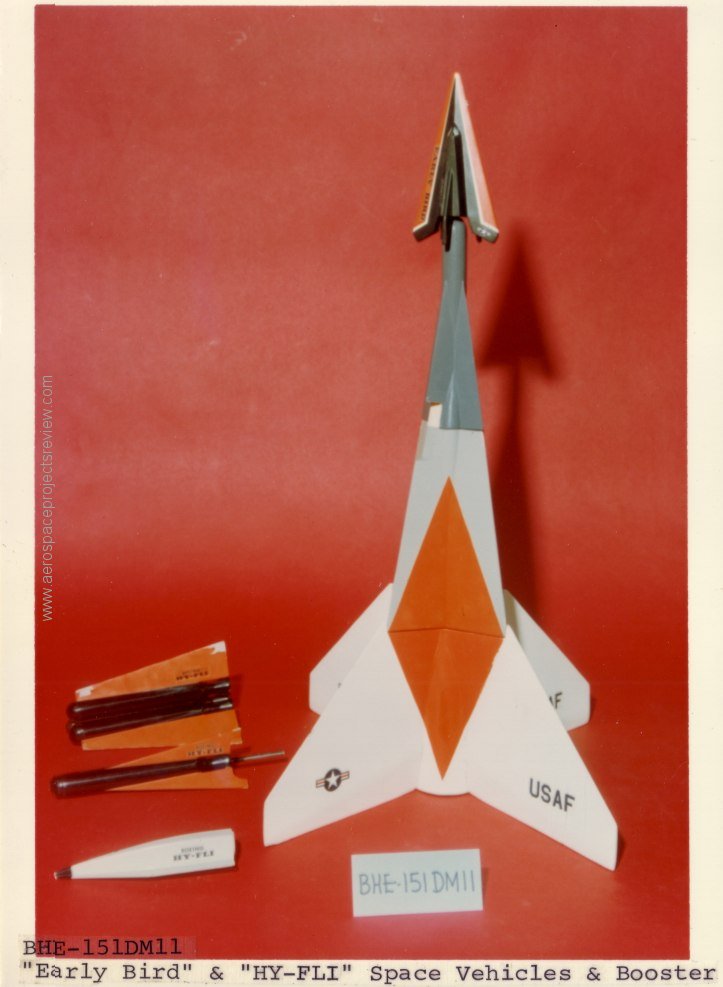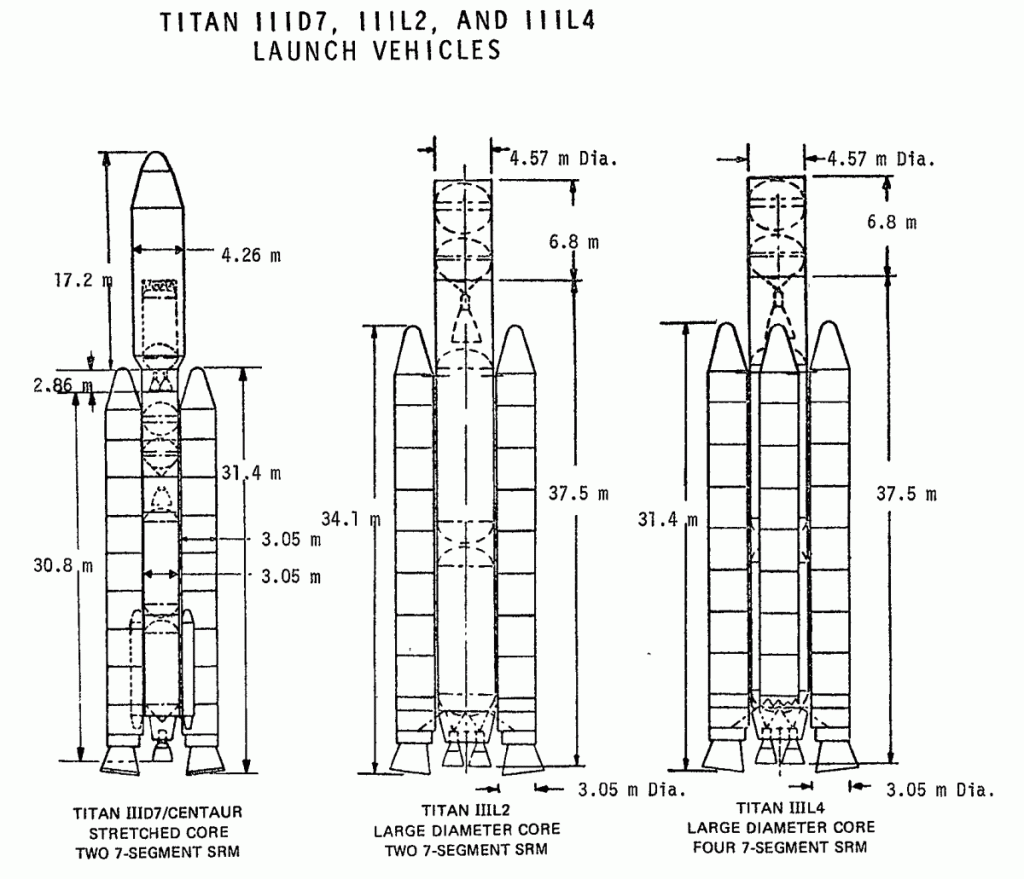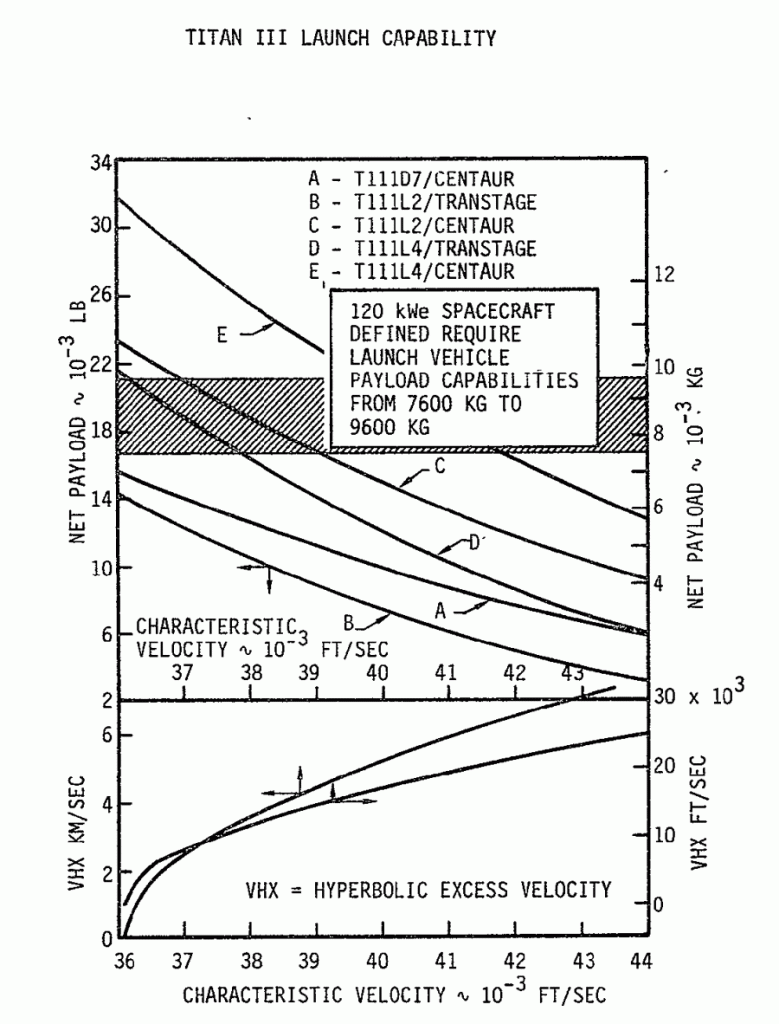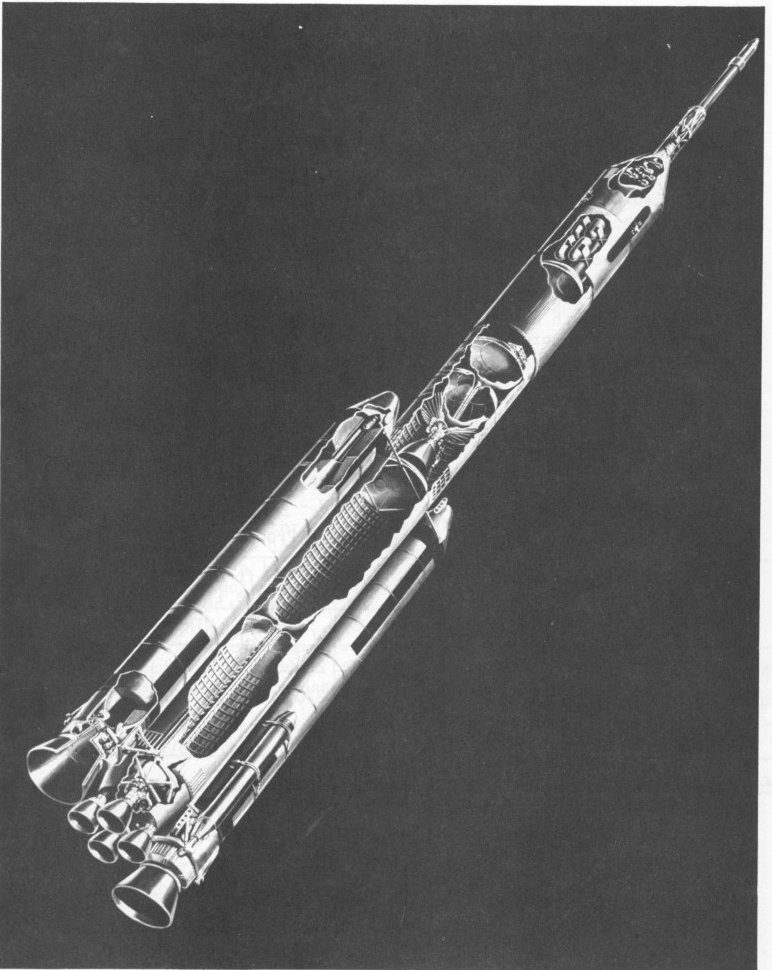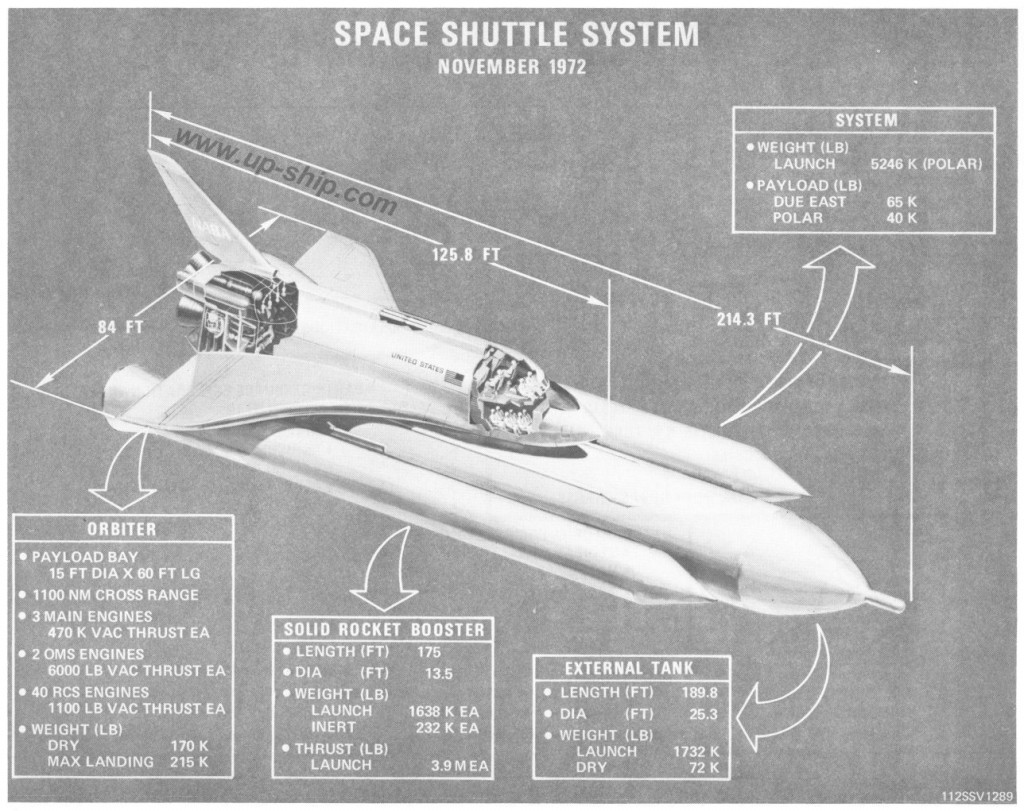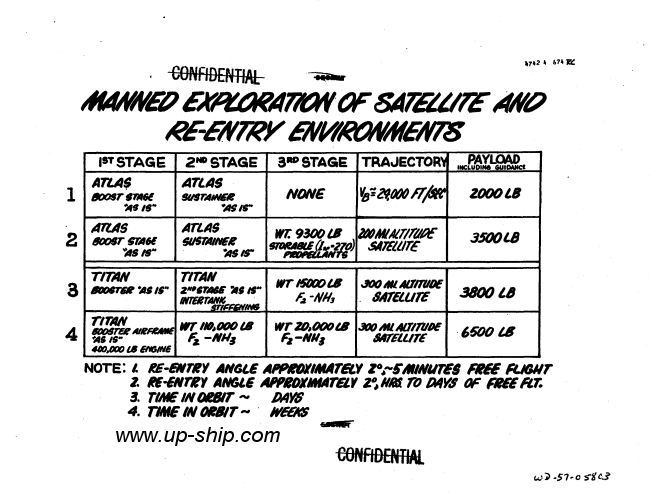At long last, Aerospace Projects Review issue V3N2 is now available.
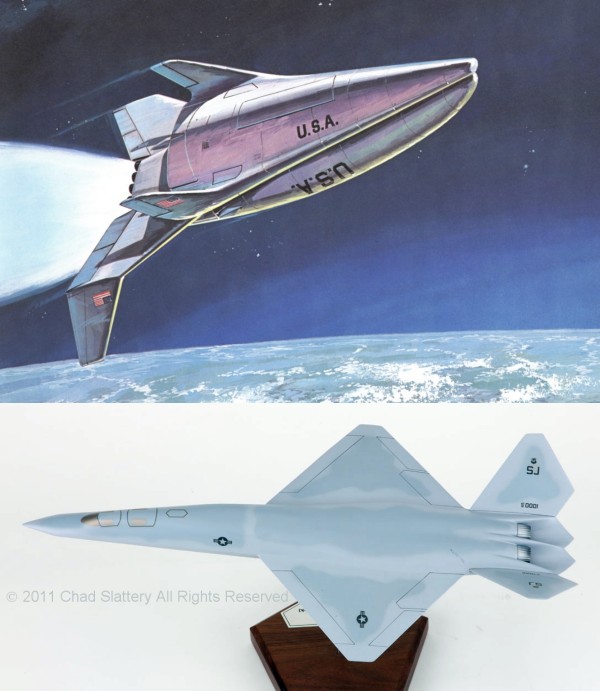
The main article, about 90 pages worth, covers the Lockheed STAR Clipper concept.This was a one-and-a-half stage space shuttle concept. Starting in 1968 for the USAF, the concept lasted well into Phase B of the Space Shuttle program for NASA, and in altered form into the 1990’s. This article has a very large number of detailed schematics of many different forms, including the original small 1.5 Stage To Orbit design, numerous variations on that concept, fully reusable two stage versions with manned boosters, giant concepts for Solar Power Satellite logistics and miniature versions for the USAF in the 1980s.
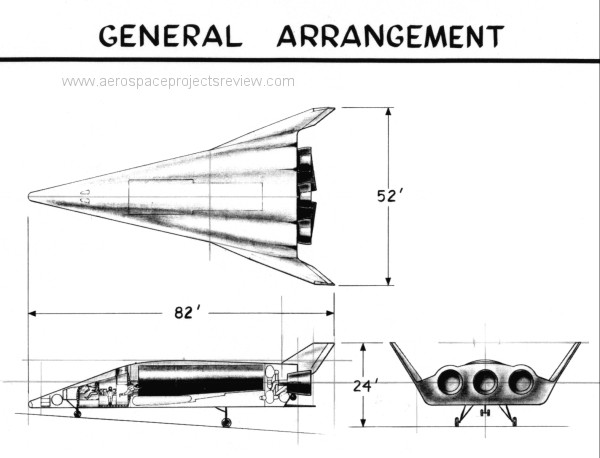
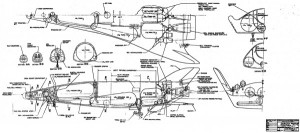
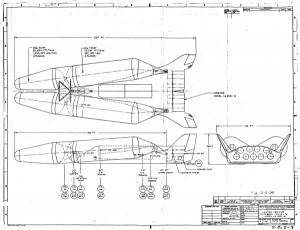
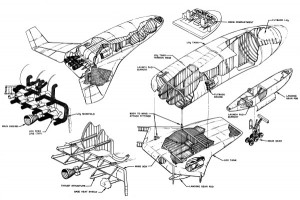
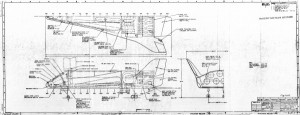
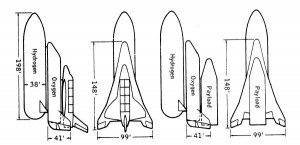
Also included is an article covering antecedents and derivatives of the Northrop F-23 stealth fighter. Included are early designs such as the “Christmas fighter” and several “platypus” concepts, the F-23A operational fighter design, the NATF-23 concept for the US Navy with aft mounted wings and canards, the single-engined Multi Role Fighter (from the competition that led to the F-35) and perhaps most interestingly, the F/B-23 regional bomber, of eBay infamy. This article is illustrated with a mix of photos of official Northrop display models, official Northrop diagrams, all-new scale diagrams and color artwork especially commissioned for this article.
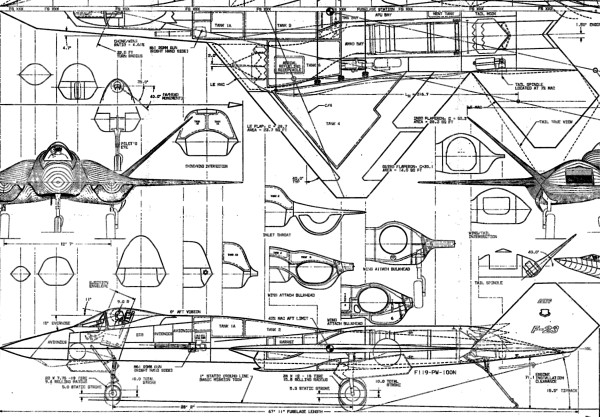
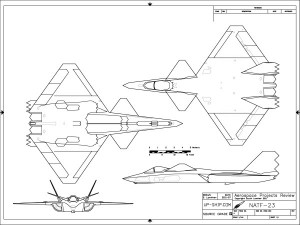
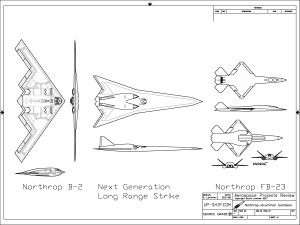
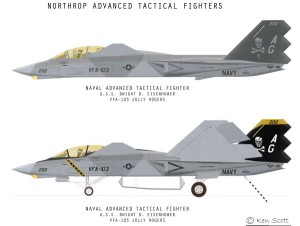
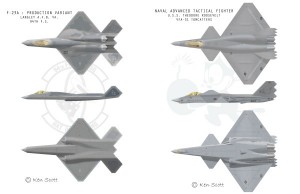
Dennis R. Jenkins provides an article on a Convair concept for converting the F-106 interceptor into a small supersonic transport. Compare this to Convair idea of converting the B-58 Hustler into an SST!
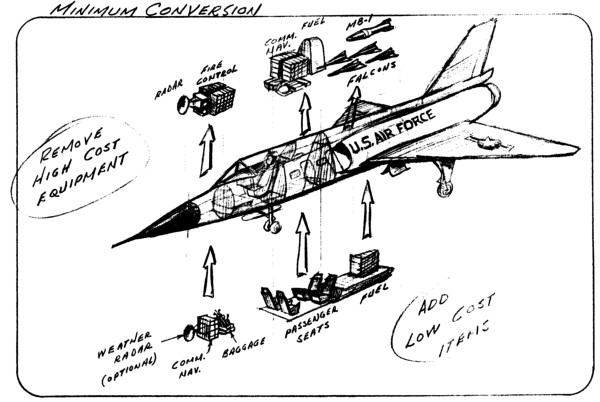
And finally, two aerospace history “nuggets,” the Vanguard Model 18 VTOL transport and a Northrop laminar flow control multipurpose long-duration aircraft.
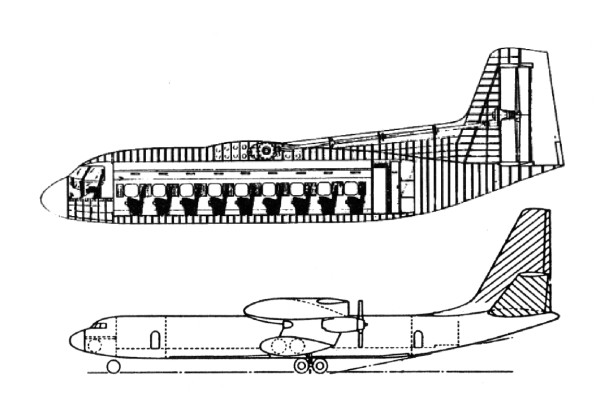
You can see the entire issue here:
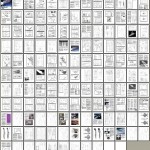
It is available in three formats. Firstly, it can be downloaded directly from me for the low, low price of $10. Second, it can be purchased as a professionally printed volume through Magcloud; third, it can be procured in both formats. To get the download, simply pay for it here through paypal.
——–
———
To get the printed version (or print + PDF version), visit my MagCloud page:
http://scottlowther.magcloud
ALSO AVAILABLE: V3N2 Addendum, with 65 pages formatted for 11X17 sheets. Includes larger format (and higher rez images) along with additional artwork and diagrams that were not in issue V3N2 due to space constraints.
V3N2 Addendum download order: $5.00
———
The Downloading FAQ
